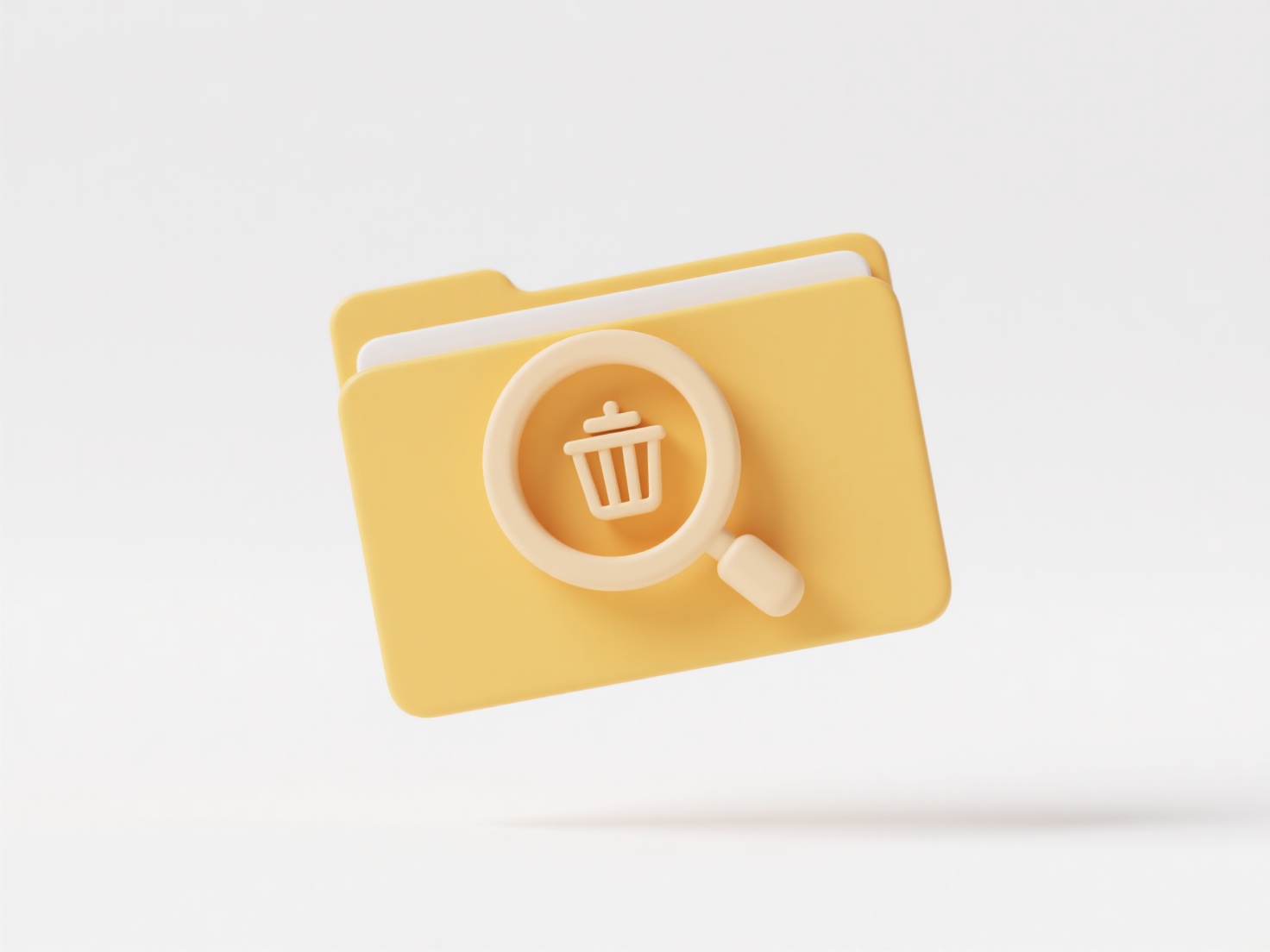
Moving a file from cloud storage to local storage involves transferring a copy of that file from a remote server hosted by a cloud service provider (like Dropbox, Google Drive, or OneDrive) to the physical storage drive (like an SSD or HDD) inside your computer, smartphone, or external device. Essentially, you're downloading the file. This process differs from simply accessing the file online because after the move, the file resides directly on your device and can be accessed without an internet connection, unlike the cloud version which requires internet access for viewing or editing remotely.

For practical implementation, users typically employ the application or web interface provided by their cloud storage service. An individual might download a PDF instruction manual from their Google Drive to their laptop's Documents folder to access it offline during a trip. Similarly, an architecture firm employee could download a large set of construction drawings from their company's SharePoint site (a cloud service) to their desktop PC for faster editing using local software, rather than working on it directly online which might be slower.
Considering the bigger picture, moving files locally offers significant advantages: guaranteed offline access, faster performance for large files, and reduced dependence on internet stability. However, it creates local copies that need manual management to avoid version confusion with the cloud original. Limitations include consuming device storage space and the requirement of an initial internet connection for the download itself. Ethical considerations involve ensuring proper authorization before downloading potentially sensitive work files and adhering to data privacy regulations (like GDPR) that may govern where files containing personal information are stored. Future developments focus on making the syncing between cloud and local copies more seamless and intelligent.
How do I move a file from the cloud to local storage?
Moving a file from cloud storage to local storage involves transferring a copy of that file from a remote server hosted by a cloud service provider (like Dropbox, Google Drive, or OneDrive) to the physical storage drive (like an SSD or HDD) inside your computer, smartphone, or external device. Essentially, you're downloading the file. This process differs from simply accessing the file online because after the move, the file resides directly on your device and can be accessed without an internet connection, unlike the cloud version which requires internet access for viewing or editing remotely.

For practical implementation, users typically employ the application or web interface provided by their cloud storage service. An individual might download a PDF instruction manual from their Google Drive to their laptop's Documents folder to access it offline during a trip. Similarly, an architecture firm employee could download a large set of construction drawings from their company's SharePoint site (a cloud service) to their desktop PC for faster editing using local software, rather than working on it directly online which might be slower.
Considering the bigger picture, moving files locally offers significant advantages: guaranteed offline access, faster performance for large files, and reduced dependence on internet stability. However, it creates local copies that need manual management to avoid version confusion with the cloud original. Limitations include consuming device storage space and the requirement of an initial internet connection for the download itself. Ethical considerations involve ensuring proper authorization before downloading potentially sensitive work files and adhering to data privacy regulations (like GDPR) that may govern where files containing personal information are stored. Future developments focus on making the syncing between cloud and local copies more seamless and intelligent.
Quick Article Links
Can I auto-name files based on content?
Auto-naming files based on content uses software algorithms to analyze a file's content and automatically generate descr...
Can I create file retention rules in cloud storage?
File retention rules allow automated enforcement of how long files must be kept in cloud storage before they can be dele...
What is a .log file and can I delete it?
A .log file is a simple text document that records events generated by software, operating systems, or servers. It autom...